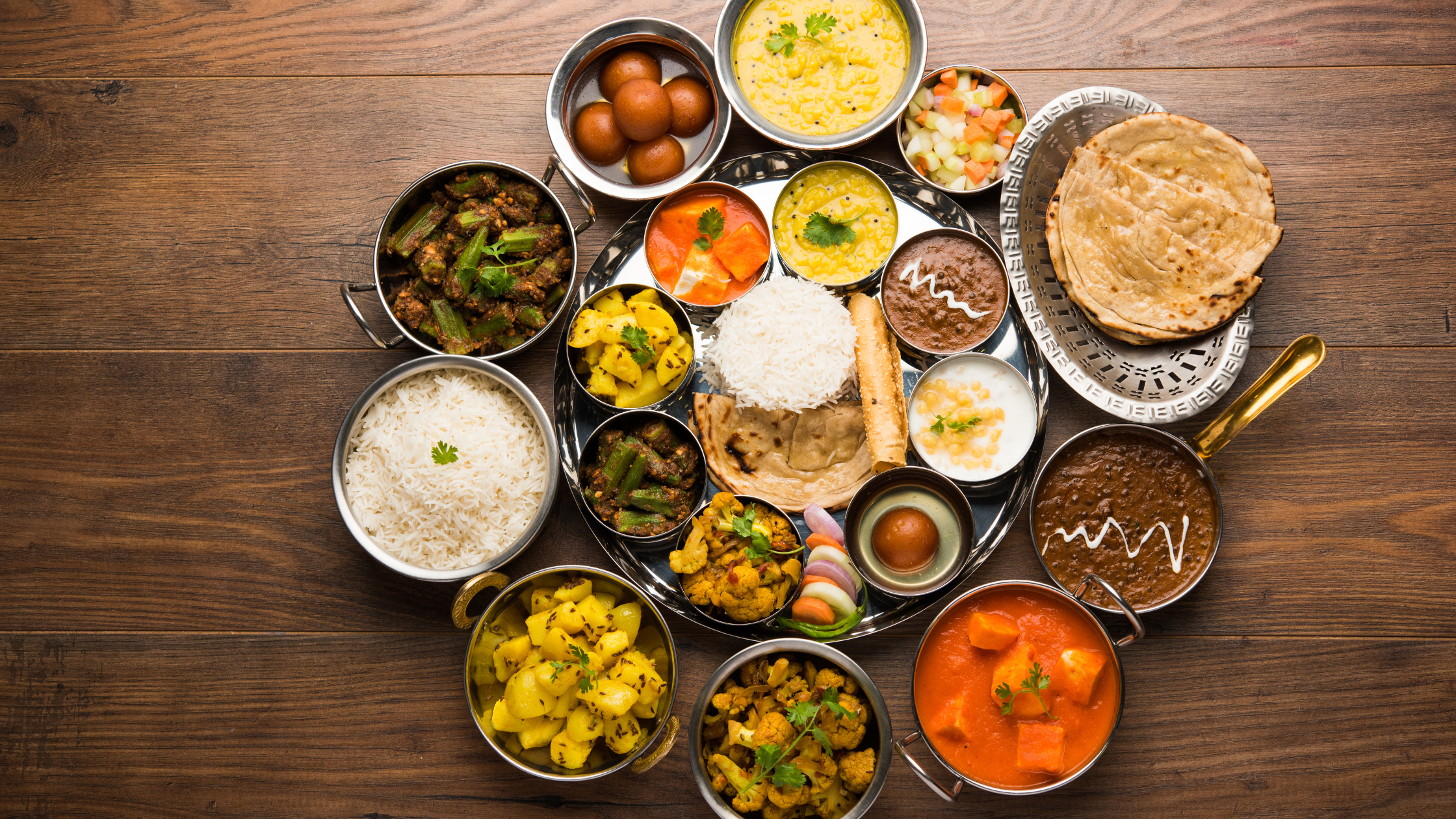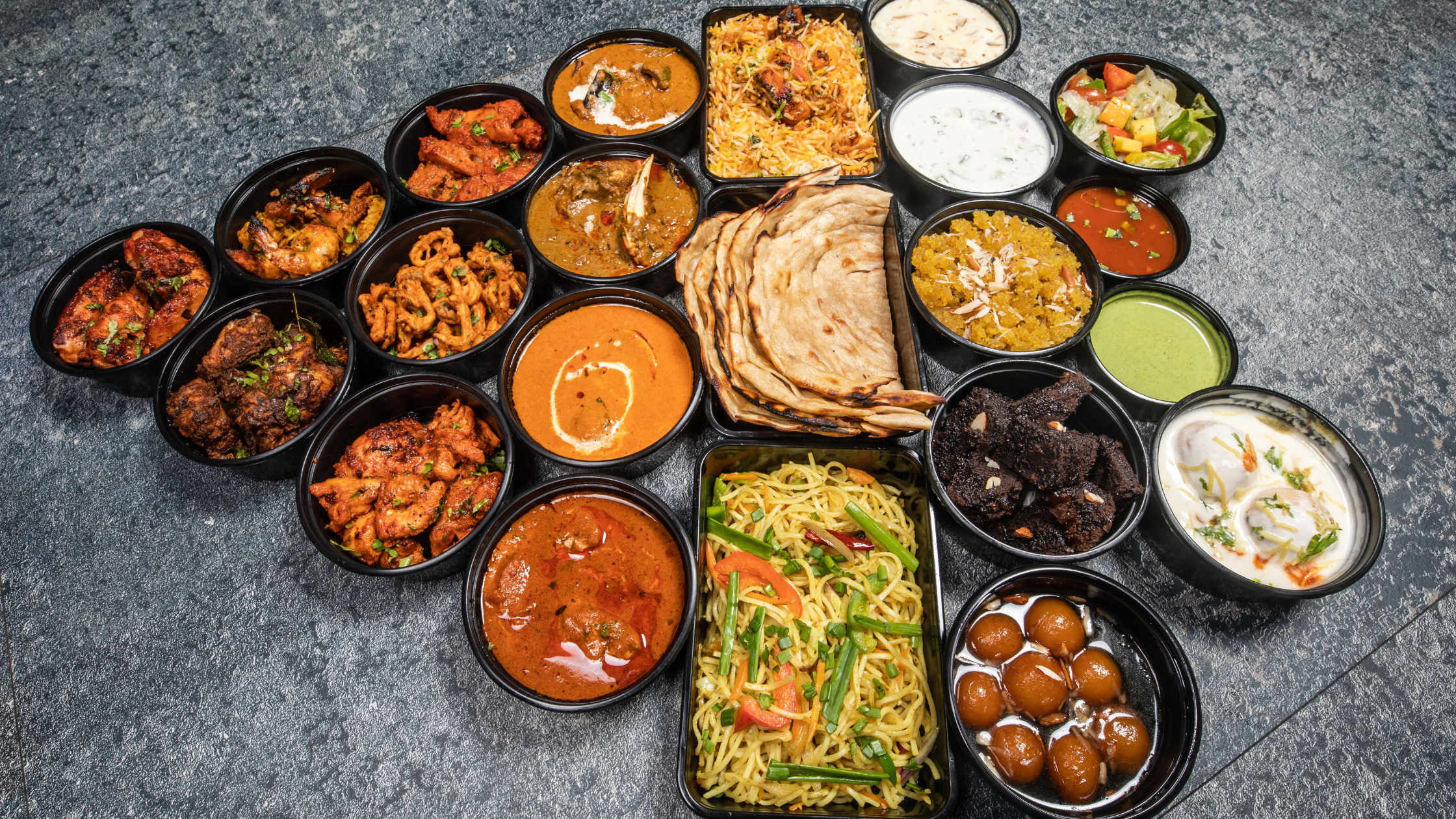South Indian cuisine is renowned for its bold and vibrant flavors, with spices playing a starring role in creating the distinctive taste that has captivated food enthusiasts worldwide. In this culinary journey, we delve into the spice-laden landscape of South Indian cuisine, exploring the art of navigating the heat that defines its rich and diverse flavors.
1. The Spice Palette of South India:
South Indian cuisine boasts a diverse spice palette, including but not limited to mustard seeds, cumin, coriander, fenugreek, curry leaves, and the iconic trio of spices – black mustard seeds, cumin seeds, and fenugreek seeds. Understanding this symphony of spices is key to mastering the art of South Indian cooking.
2. Heat in Hues:
Spice in South Indian cuisine isn’t just about heat; it’s about layers of flavor. From the warmth of black pepper to the fiery kick of red and green chilies, each spice contributes to a spectrum of sensations that dance on the taste buds.
3. Curry Leaves: The Aromatic Essence:
Curry leaves are a staple in South Indian cooking, providing a unique aroma and flavor. They are often tempered in hot oil at the beginning of the cooking process, infusing dishes with a distinctive fragrance that is quintessentially South Indian.
4. Taming the Fire:
South Indian cuisine is known for its spiciness, but it’s a heat that can be adjusted to suit individual preferences. Coconut milk, yogurt, and tamarind are common ingredients used to temper the heat, creating a delicate balance in dishes.
5. The Magic of Masalas:
Masalas, a blend of ground spices, are the heart of South Indian cooking. Whether it’s the sambar masala, rasam powder, or the iconic garam masala, each blend is a work of art that elevates the flavor profile of dishes.
6. Red Chilies: From Mild to Fiery:
Red chilies, in various forms such as whole, powdered, or as part of spice blends, add both color and heat to South Indian dishes. Understanding the different varieties and their intensity is essential for achieving the desired spice level.
7. The Complex Dance of Tamarind:
Tamarind, with its sweet and tangy flavor, is a key player in South Indian cuisine. It not only adds a distinct taste but also helps balance the heat in dishes like sambar, rasam, and various chutneys.
8. Customizing Spice Levels:
South Indian cuisine is incredibly adaptable. Whether you prefer a milder experience or want to challenge your taste buds with extra heat, recipes can be adjusted to accommodate different spice preferences.
9. Spice Beyond Curry:
While curries are a prominent feature, South Indian spice mastery extends to a variety of dishes. From crispy dosas and fluffy idlis to tangy pickles and spicy snacks, the art of spicing is woven into the fabric of the entire culinary tapestry.
10. Embracing Spice as a Flavor Journey:
Navigating the heat in South Indian cuisine is not just about intensity; it’s a journey into the nuanced world of flavors. Each spice contributes to the overall experience, creating a culinary adventure that celebrates the richness of South Indian gastronomy.
Conclusion:
Spice adventures in South Indian cuisine are a sensory delight, where each dish tells a story of flavor, tradition, and culinary mastery. Whether you’re a spice enthusiast or a newcomer to the world of South Indian cooking, embracing the heat promises a culinary journey like no other.
So, buckle up and embark on your own spice adventure in the vibrant and flavorful realm of South Indian cuisine.





